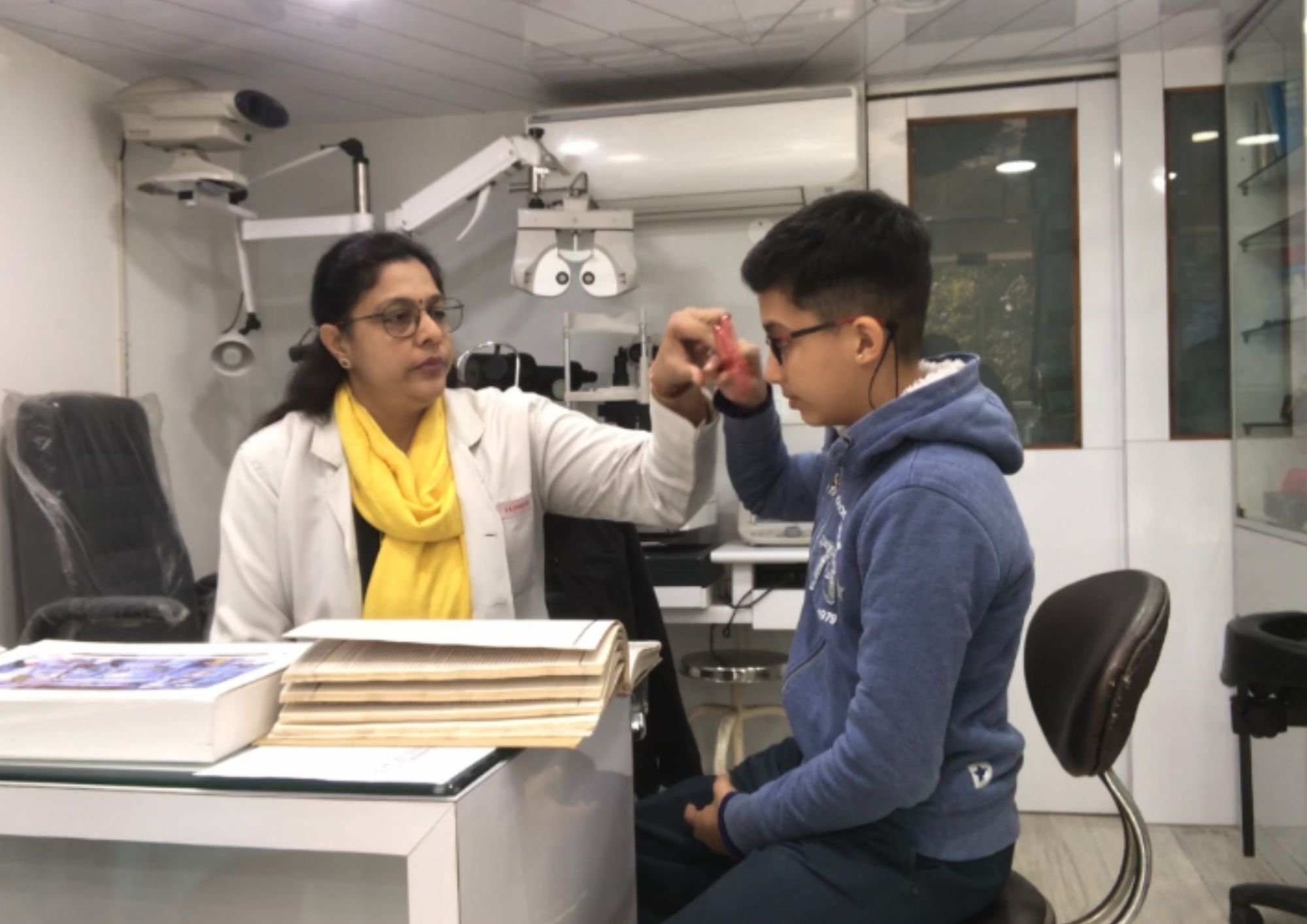The Role of Advanced Diagnostic Tools in Identifying Eye Disorders
In the realm of ophthalmology, the application of sophisticated analysis tools has revolutionized the very early identification and administration of various eye conditions. From finding refined changes in the optic nerve to monitoring the progression of retinal diseases, these innovations play an essential duty in enhancing the accuracy and performance of identifying ocular conditions. As the demand for specific and timely medical diagnoses proceeds to grow, the integration of sophisticated tools like optical coherence tomography and aesthetic field testing has actually become vital in the realm of eye care. The detailed interplay between innovation and ophthalmic practices not just clarifies elaborate pathologies yet also opens doors to customized treatment techniques.
Value of Very Early Medical Diagnosis
Very early diagnosis plays an essential duty in the effective administration and therapy of eye disorders. Timely recognition of eye problems is vital as it allows for timely treatment, possibly preventing additional development of the disease and lessening long-lasting issues. By finding eye problems at a very early phase, health care carriers can offer suitable therapy plans tailored to the specific problem, eventually causing better outcomes for patients. Furthermore, early medical diagnosis allows clients to accessibility essential assistance services and resources earlier, improving their overall quality of life.

Innovation for Discovering Glaucoma
Innovative analysis innovations play an essential function in the early discovery and monitoring of glaucoma, a leading cause of irreversible blindness worldwide. Another innovative device is visual area screening, which maps the level of sensitivity of a patient's visual area, helping to identify any type of areas of vision loss characteristic of glaucoma. These innovative analysis tools make it possible for eye doctors to diagnose glaucoma in its very early phases, enabling for timely intervention and far better management of the disease to avoid vision loss.
Duty of Optical Coherence Tomography

OCT's capability to quantify retinal why not find out more nerve fiber layer density permits specific and unbiased measurements, assisting in the early detection of glaucoma also prior to aesthetic field defects become obvious. In addition, OCT modern technology permits longitudinal monitoring of architectural modifications over time, facilitating individualized therapy strategies and prompt interventions to aid protect people' vision. The non-invasive nature of OCT imaging additionally makes it a favored option for monitoring glaucoma progression, as it can be duplicated routinely without causing discomfort to the client. In general, OCT plays a crucial duty in enhancing the analysis precision and management of glaucoma, inevitably adding to go to this web-site far better results for individuals in jeopardy of vision loss.
Enhancing Medical Diagnosis With Visual Area Testing
A necessary part in detailed sensory examinations, aesthetic area screening plays a critical role in enhancing the analysis process for different eye conditions. By examining the complete level of an individual's visual area, this test gives important details about the useful stability of the whole visual path, from the retina to the visual cortex.
Aesthetic area screening is particularly important in the medical diagnosis and monitoring of problems such as glaucoma, optic nerve problems, and numerous neurological diseases that can affect vision. Through quantitative dimensions of outer and main vision, medical professionals can detect refined modifications that might indicate the presence or progression of these conditions, even before visible signs occur.
Additionally, aesthetic area testing permits the tracking of therapy effectiveness, aiding eye doctors customize restorative treatments to private people. eyecare near me. By tracking changes in visual field performance in time, doctor can make enlightened choices about changing medicines, suggesting medical interventions, or carrying out other ideal procedures to preserve or improve a person's visual function
Managing Macular Deterioration

Conclusion
In conclusion, progressed diagnostic tools play a critical role in identifying eye disorders early on. Technologies such as Optical Comprehensibility Tomography and aesthetic area screening have actually greatly boosted the accuracy and effectiveness of identifying conditions like glaucoma and macular degeneration.